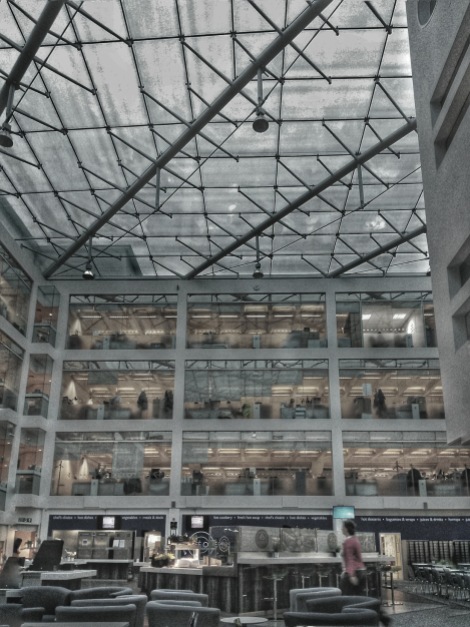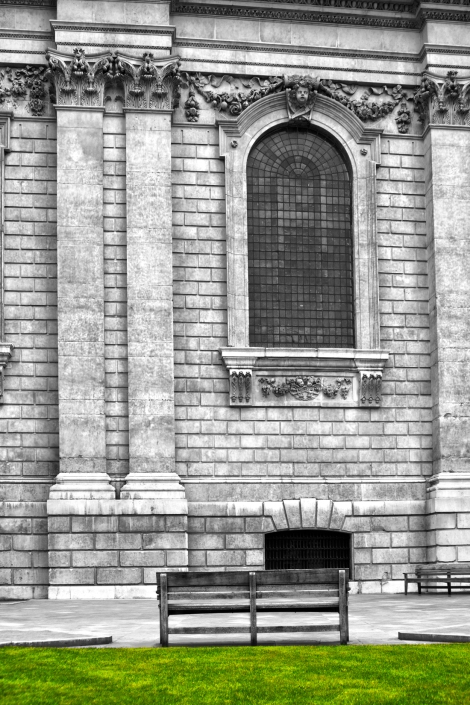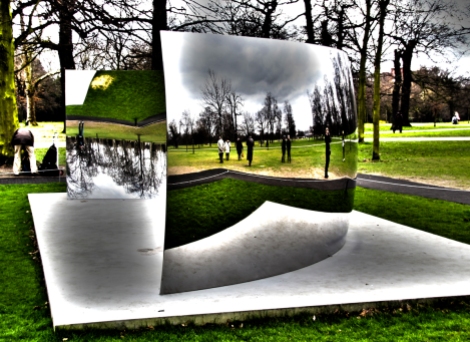An exciting week this week as I started on a 30-day course to improve my food photography.
I’ll cover the first week in more detail in my next post, but for today and my Shot of the Week (below) I want to talk a bit about High Dynamic Range (HDR) photography.
The human eye is an amazing object and can react quickly to the range of light and dark in a scene by adjusting the size of the pupil. As a result we are able to see right across the range of tones from complete black to complete white.
Cameras on the other hand, are less able to capture every bit of detail in a scene. If you expose a shot to show the range of tones in shadows the highlights will be blown out and over-exposed. If you go for highlight detail, the shadows are crushed and look mostly black.
Back in the 1930’s Ansel Adams developed his famous ‘zone system’ which sought to put the range of luminance into one of eleven boxes or Zones as he called them; from Zone 0 – Pure Black, to Zone X (roman numeral 10) for Pure White. Where each zone is one stop lighter or darker than its neighbour. You can read more about the zone system and how it’s used HERE.
In the digital world we have 256 shades ranging from black (0) to white (255), but images produced from our cameras are still only able to capture a part of that range normally, as the camera software makes certain decisions about contrast and detail.
HDR photography is a way of capturing both highlight and shadow detail in a single image.
This is typically done in one of two ways – either using software to try and extract the details from a single photograph or by taking several shots of the same object at different exposure (known as bracketing) and then merging them. Note that you must adjust shutter speed here to get the different exposures and not aperture because – as we all know – changing aperture changes depth of field.
Either way, what you often see are highly saturated colour images or surreal looking black and white images showing a wide tonal range. Some people like this sort of effect – I’m less keen – but when done more subtly the HDR effect can be very nice and really add detail that would otherwise be lost.
These days, most photo apps for smart phones have an HDR effect available, and my shot this week (at the top) was taken and processed with my phone – something I’ll talk about in a future post.
The top photo and the one just above are clearly HDR manipulated images – but it might surprise you to know that actually all the photos in this post have had some HDR tweaking.
Sometimes less is more.
Read more at;
http://lifehacker.com/5991508/what-is-hdr-and-when-should-i-use-it-in-my-photos
My next post will be a report on the first week of 30 Days to Better Food Photography . . .







